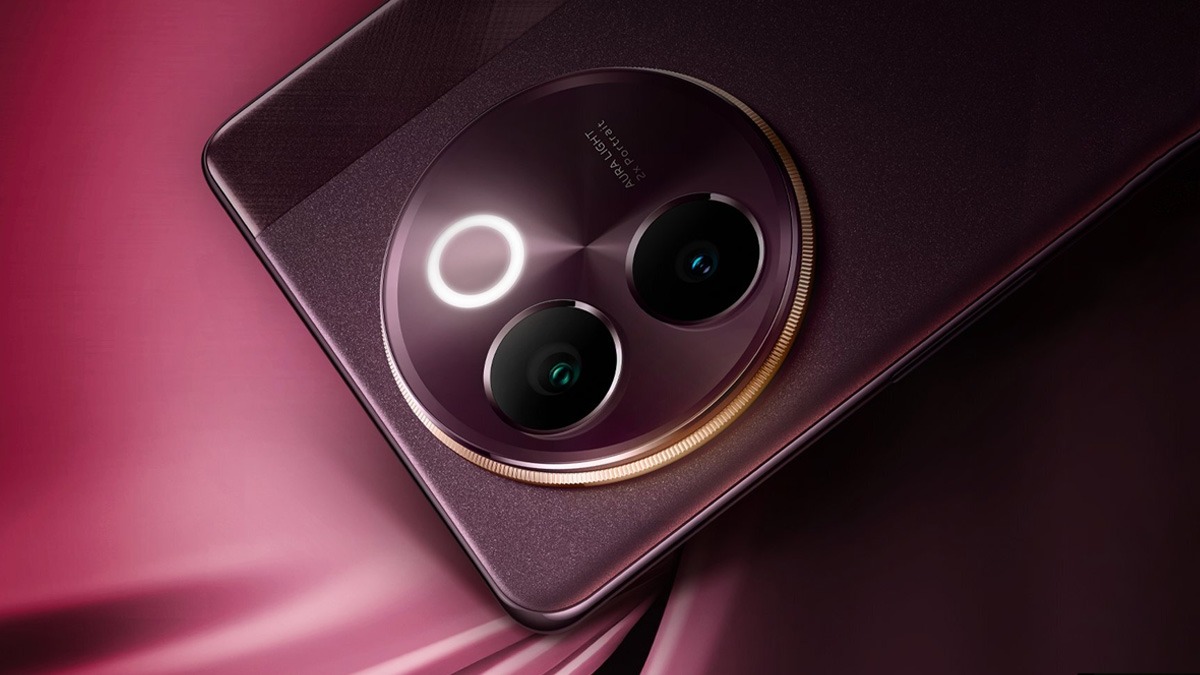Just In
- 8 hrs ago

- 9 hrs ago

- 10 hrs ago

- 10 hrs ago

Don't Miss
- Finance
 Rs 10/Share Final Dividend: Record Date To Be Announced Soon; Buy The IT Stock?
Rs 10/Share Final Dividend: Record Date To Be Announced Soon; Buy The IT Stock? - Sports
 Who Won Yesterday's IPL Match 38? RR vs MI, IPL 2024 on April 22: Yashasvi Jaiswal and Sandeep Sharma Star In One-Sided Victory
Who Won Yesterday's IPL Match 38? RR vs MI, IPL 2024 on April 22: Yashasvi Jaiswal and Sandeep Sharma Star In One-Sided Victory - Lifestyle
 Hanuman Jayanti 2024: Hanuman Chalisa Lyrics With Meaning, When And How Many Times To Recite It
Hanuman Jayanti 2024: Hanuman Chalisa Lyrics With Meaning, When And How Many Times To Recite It - Movies
 Karisma Kapoor Is ‘Summer Lovin’ Doll In Anavila Silk Kurta Set That You Can Swear By In This Scorching Heat
Karisma Kapoor Is ‘Summer Lovin’ Doll In Anavila Silk Kurta Set That You Can Swear By In This Scorching Heat - Education
 Ratan Tata's Social Endeavors Recognized With KISS Humanitarian Award
Ratan Tata's Social Endeavors Recognized With KISS Humanitarian Award - News
 US White House Considers Immigration Relief For Spouses Of US Citizens: What You Need To Know
US White House Considers Immigration Relief For Spouses Of US Citizens: What You Need To Know - Automobiles
 Top Tips – How To Charge Electric Scooters For Best Battery Life
Top Tips – How To Charge Electric Scooters For Best Battery Life - Travel
Kurnool's Hidden Gems: A Guide To Exploring India's Lesser-Known Treasures
Apple’s Daisy Pushes Recycling Of Gadgets: How Will It Affect iPhones?
Apple has been pushing to change the way iPhones and other electronics are recycled. Apple says it plans to become a closed-loop manufacturer that doesn't rely on the mining industry with the growing demand for electronic gadgets. This is where Apple's Daisy is paving way for gadget recycling.

The rising demand for electronics means the demand for minerals. But Apple is steering clear to become independent of the mining industry. Contradictory to this, the popularity of electric vehicles means a higher demand for fresh minerals, at a larger scale.
Apple's Daisy For Recycling
The Apple Daisy robot, placed in a warehouse on the outskirts of Austin, Texas, works with iPhones sent for recycling. Daisy breaks apart the smartphones to extract 14 minerals, including lithium. These minerals are further recycled and used for next-gen gadgets.
For one, Apple is already using recycled rare Earth minerals, tin, and cobalt for a couple of its products. The iPhone maker plans to add a couple more in the future. More recently, Apple bought the first commercial batch of carbon-free aluminum from Rio Tinto and Alcoa for its iPhone.

Daisy is powered to remove 200 iPhones every hour. It adopts a four-step process to remove the iPhone battery by blasting -80 degrees Celsius air to pop open the screws and modules, including the haptic module that allows the phone to vibrate. Once the components are extracted, it's sent off to recycle for mineral extraction and refinement.
Apple's Daisy For Others: Will It Work?
Apple is also considering lending the Daisy technology with others to promote recycling, including electric automakers. However, robotic technology has its limitations with tech makers as the idea is to promote 'repaired gadgets' and not just recycling.
Reports from Reuters quotes Kyle Wiens, chief executive of iFixit, a firm advocating for electronics repair, rather than replacement. She says, "There's this ego that believes they can get all their minerals back, and it's not possible."
Also, there's skepticism on how many tech companies will follow suit. While Apple is in a position to promote recycling, other companies might be in a similar favorable position notes Tom Butler, president of the International Council on Mining and Metals, an industry trade group.
-
99,999
-
1,29,999
-
69,999
-
41,999
-
64,999
-
99,999
-
29,999
-
63,999
-
39,999
-
1,56,900
-
79,900
-
1,39,900
-
1,29,900
-
65,900
-
1,56,900
-
1,30,990
-
76,990
-
16,499
-
30,700
-
12,999
-
14,999
-
26,634
-
18,800
-
62,425
-
1,15,909
-
93,635
-
75,804
-
9,999
-
11,999
-
3,999












































